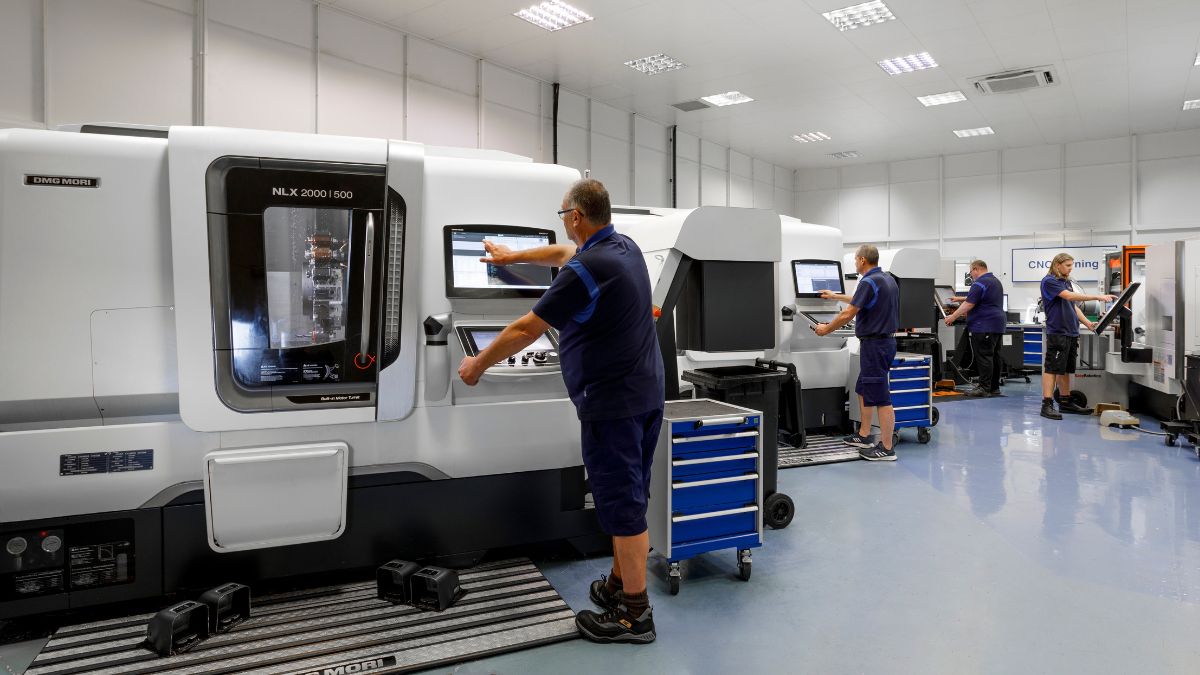Modern Testing for Fluoropolymers
 Back
Back

Fluoropolymers represent a critical class of materials in today’s industrial landscape, offering exceptional chemical resistance, thermal stability, and electrical insulation properties. As these specialized polymers find increasingly demanding applications in aerospace, semiconductor manufacturing, medical devices, and renewable energy systems, the methodologies for testing their performance have evolved considerably in recent years.
The testing of fluoropolymers begins with characterization of their fundamental physical properties. Differential scanning calorimetry provides insights into crystallinity, melting points, and glass transition temperatures, which directly influence mechanical behaviour across temperature ranges. Thermogravimetric analysis measures weight loss versus temperature, revealing thermal stability limits crucial for high-temperature applications. For determining molecular weight distributions, gel permeation chromatography has become the standard, though viscometry continues to serve as a complementary approach for quality control purposes.
Surface properties represent another critical testing domain. Contact angle measurements quantify hydrophobicity and oleophobicity, properties for which fluoropolymers are often specifically selected. X-ray photoelectron spectroscopy and secondary ion mass spectrometry enable surface composition analysis at extremely shallow depths, particularly important for evaluating fluoropolymer coatings or treatments. These techniques have proven invaluable for diagnosing manufacturing inconsistencies or environmental degradation mechanisms.
Mechanical testing has advanced significantly beyond simple tensile and compression evaluations. Dynamic mechanical analysis now provides comprehensive viscoelastic property profiles across temperature and frequency ranges. Nanoindentation techniques permit localized mechanical property assessment at microscopic scales, particularly valuable for thin films or heterogeneous structures. Creep testing under various environmental conditions has gained prominence as fluoropolymers increasingly serve in long-term, high-stress applications where dimensional stability is paramount.
Electrical testing methodologies have similarly evolved to address emerging applications in electronics and energy storage. Dielectric spectroscopy across broad frequency ranges provides insights into polarization mechanisms and charge transport. Surface and volume resistivity measurements under controlled humidity and temperature conditions have become standard protocol for quality assurance. For fluoropolymers intended for high-voltage applications, partial discharge testing has emerged as an essential qualification step.
Permeation testing represents perhaps the most application-specific testing domain. Gas chromatography-based methods quantify transmission rates for specific gases or vapours through fluoropolymer membranes or containers. Fourier transform infrared spectroscopy enables time-resolved monitoring of permeant diffusion. For food contact and pharmaceutical applications, extraction studies followed by mass spectrometry analysis identify potential leachables at increasingly lower detection limits.
Weathering resistance evaluation has grown substantially more sophisticated. Accelerated weathering chambers now replicate specific service environments with precisely controlled combinations of ultraviolet exposure, temperature cycling, humidity, and chemical exposure. Digital image analysis quantifies surface changes, while spectroscopic techniques monitor chemical transformations occurring during environmental exposure.
Process testing has emerged as a distinct domain focused on manufacturability. Melt flow index testing under varying conditions assesses processability in extrusion and injection moulding. Rheological characterization across temperature and shear rate ranges provides insights into processing windows and potential defect formation mechanisms. For fluoropolymer powder processing, particle size distribution and morphology analysis have become increasingly standardized.
The integration of computational modelling with experimental testing represents perhaps the most significant evolution in fluoropolymer evaluation. Structure-property relationship models enable more targeted testing protocols and accelerate material development cycles. As artificial intelligence and machine learning techniques mature, the predictive power of these models continues to increase, allowing more efficient optimization of fluoropolymer formulations for specific applications.
For more information on how Dalau can assist you with your project, please get in contact with us today for an informal chat.
 Back
Back
